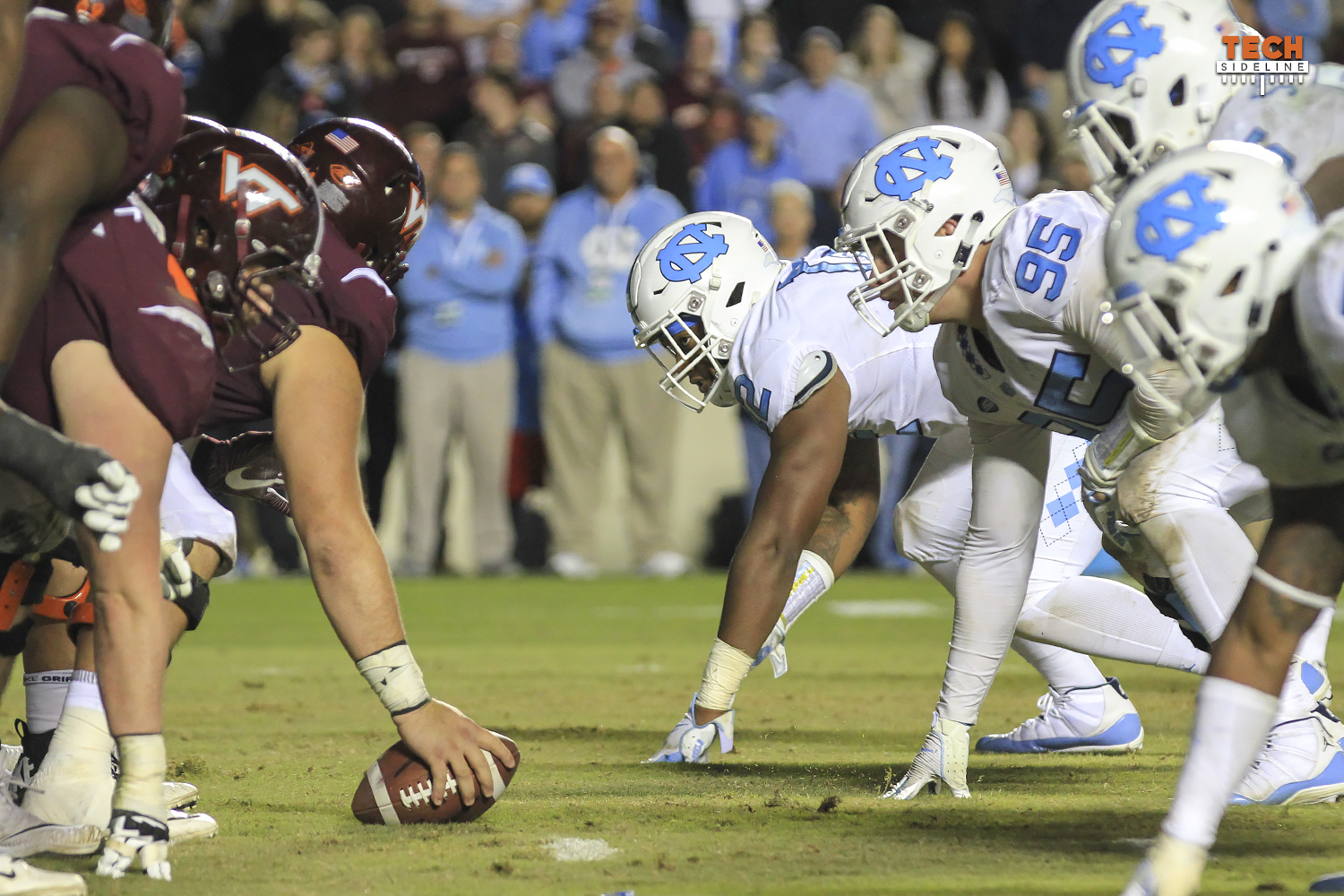
I’m changing things up this year for scouting reports of Virginia Tech’s opponents. With Pro Football Focus becoming not just a big part of TSL’s toolbox, but something fans can access directly, adding another personnel-focused article doesn’t add a lot of value. I’ll still highlight players, but from here on out, plays are what matter most. We’ll look at teams’ bread-and-butter calls, as well as the game-breakers (good and bad) that you’ll see on the highlight reels.
UNC’s an interesting team to predict. While they return a lot of starters on paper, they’ve got huge voids to fill on offense, and they have a suspect defense. On offense, they lost both PFF’s highest ranked and seventh-highest ranked running backs in Javonte Williams and Michael Carter, and the two receivers who caught just about all of Sam Howell’s throws in Dyami Brown and Dazz Newsome. Meanwhile, the defense wasn’t exactly a strength for the team last year. Let’s start with the offense.
Offensive coordinator Phil Longo is a spread-option/Air Raid guy, putting him in the “throw first, throw often” category, but with a touch more running than you get from the old-school Air Raid coaches like Mike Leach. The running game doesn’t have as many moving parts as the Hokies’, with much of the option working coming with RPOs:
Subscribe to read full story
Tired of low effort articles and clickbait? So are we. Subscribe to read great articles written by a full-time staff with decades of experience.
Already a subscriber? Login Here



